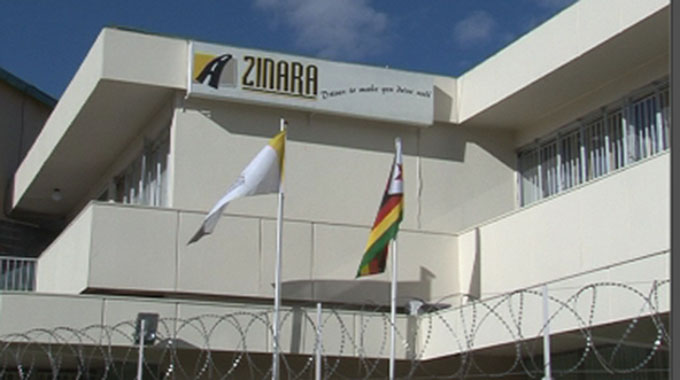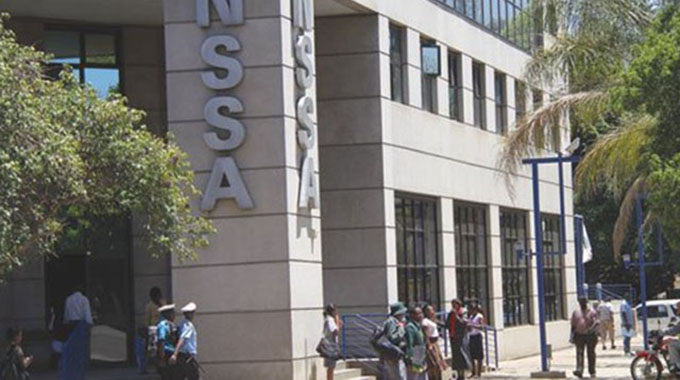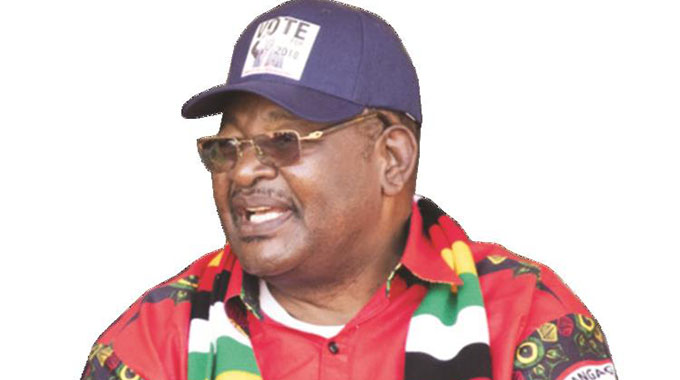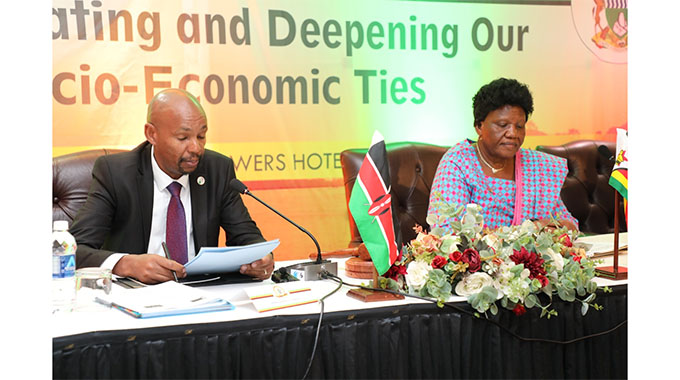Editorial Comment: Zinara getting it right on roads expenditure

Zinara, the collector of most fees paid by motorists and vehicle owners and the funder of most road upgrades and maintenance in Zimbabwe, has been making significant strides over the past couple of years as it transforms to a properly-run agency, but still needs to be careful to ensure that its revenue goes on roads.
The roads authority is basically a tax collector. It collects the vehicle licence fees from Zimbabwean vehicles and the equivalent temporary fees paid by foreign vehicles as they enter Zimbabwe; it collects the toll fees at the toll gates; it collects a fuel levy and it collects a variety of penalty charges.
Over this year Zinara is likely to collect more than $20 billion. Toll fees amounted to $5 billion in the first 10 months of the year and with $500 million being collected at toll gates should reach $6 billion by the end of the year, and this is in a year of major level four lockdowns banning intercity passenger traffic during the second and third Covid-19 waves.
Toll fees come to around 25 percent to 30 percent of total revenue, hence the $20 billion estimate.
The basic idea behind concentrating all road fees into a single authority was to pursue two policy goals. First road users should carry the burden of building and maintaining roads.
The Government through its national Budget can and does top up this total, but basically if you own a vehicle and drive around you need to pay for the roads you are driving on.
But your road fees are not supposed to be spent on anything else; this was one argument against many urban authorities, which were getting disbursements from Zinara, but seemed to be doing almost nothing to maintain the roads in their areas.
That explained the need for the central Government to step in and channel Zinara money, plus a healthy dollop of general taxpayer money, into the emergency road programme that has done so much since the last rains to at least keep our cities alive.
The second purpose of centralisation was to end the demarcation disputes between local authorities that used to collect licence fees, with each local authority having a different fee and the problems that arose over who paid for what when two authorities were right next to each other.
Many residents, for example, would try and register their vehicles in a cheaper council area, and there were complaints from Harare in particular that those living in dormitory towns around its edges, but working in the city were paying nothing to the roads they needed to get to and from work.
With a single collection and disbursement agency most of these disputes end with a common licence fee and more intelligent disbursement.
It has not always worked like this, but the serious problems that once made Zinara a serious example of poor administration and at least potential corruption have largely been solved by the Second Republic. So the bulk of money collected by Zinara is now well spent on roads.
But there are still some administrative issues dating from the past and from more modern trends. Over the next few months around $1 billion, about 5 percent of Zinara’s income, will be spent on upgrading tollgates and on moving five peri-urban tollgates.
The upgrades are needed to ensure that traffic can flow smoothly along national highways with the stopping and payment at a tollgate being just a quick couple of minutes with no waiting.
The work is obviously necessary and it is just a pity that whoever designed the tollgates in the first place got their sums wrong, or possibly did not bother to do the sums and just hoped for the best.
So some money has to be spent on correcting the errors from the past.
The peri-urban tollgates are a separate problem. There were some badly sited tollgates and even when these were being built, it was noticed that some were in the wrong place and often the error could be corrected before too much money was spent.
But others were built beyond the edge of an urban area and urban sprawl has caught up with them.
It must be quite tricky to decide if a tollgate should be moved. Many people move out of a major urban area for what they see as the advantages of possibly larger plots and lower rates.
But they still demand a decent road to get into that urban area, and demand its dualisation as traffic increases. So in some cases at least the argument to move a tollgate will surely fail.
In other cases the arguments can be stronger for a tollgate move. In many ways this is a town planning problem, rather than a transport problem, and certainly in the Harare area there appears to be a growing need for some sort of greenbelt to be established around the Harare-Chitungwiza-Ruwa-Epworth conurbation before it stretches out to absorb Norton, Mazowe, Beatrice, Goromonzi and Melfort.
While tolls are designed for intercity movements, rather than traffic within a single area, it becomes an interesting point to decide at what stage an intercity route becomes a local road.
This needs to be linked with the growth of commuter towns as Zimbabwe develops. Ad hoc adjustment work for now, but some sort of firmer policy is needed before Marondera, say, becomes a commuter town for richer residents of Harare prepared to spend significant time commuting each day.
At one stage, Zinara was spending a significant fraction of its revenue on administration. Those days, as part of the Second Republic reforms, are largely over with even the tollgate adjustment arising from past poor planning only likely to absorb five percent of revenue.
But the fact that $1 billion has to be spend on this shows the need for Zinara to ensure that it gets everything right first time, so an administrative capital expense is incurred just once.










Comments